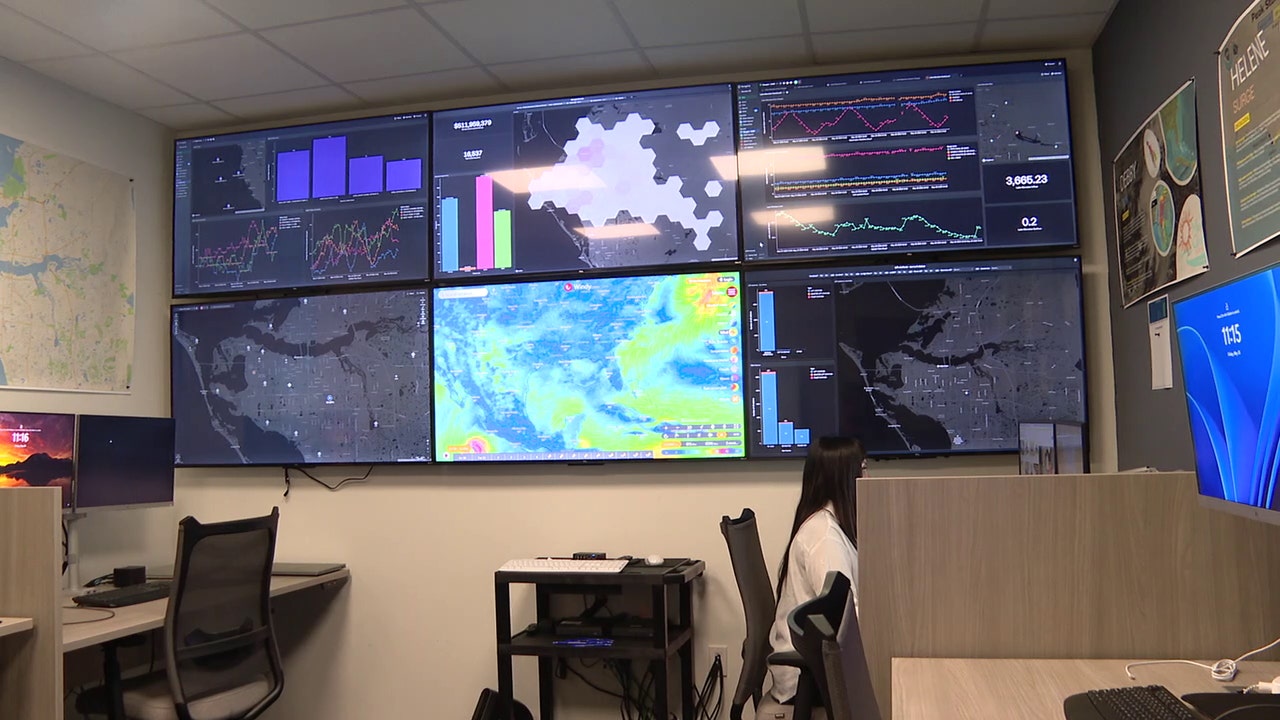AI & Art: Will Artificial Intelligence Redefine Creativity?

The art world is undergoing a seismic shift. Artificial intelligence (AI) is no longer a futuristic concept; it's actively participating in the creation of art, sparking a profound debate about the very nature of creativity. From generating stunning visuals to composing intricate musical pieces, AI tools are challenging traditional notions of artistic expression and raising critical questions about the role of the human artist.
For centuries, creativity has been considered a uniquely human trait – the ability to generate novel ideas, to connect disparate concepts, and to express emotions through various mediums. But with AI's rapid advancements, this definition is being scrutinized. AI algorithms, trained on vast datasets of existing art, can now produce works that mimic, adapt, and even surpass human creations in certain aspects. This begs the question: if an algorithm can generate something aesthetically pleasing or emotionally resonant, can it truly be considered creative?
The Rise of AI Art Generators
Platforms like DALL-E 2, Midjourney, and Stable Diffusion have democratized art creation, allowing anyone to generate images from text prompts. Simply by describing a scene or concept, users can produce incredibly detailed and imaginative artworks. This accessibility has opened up new avenues for artistic exploration, but it has also raised concerns about copyright, originality, and the potential displacement of human artists.
Beyond Generation: AI as a Collaborative Partner
However, the narrative isn't solely about AI replacing artists. Many see AI as a powerful tool for collaboration. Artists are beginning to integrate AI into their workflows, using it to generate initial ideas, explore different styles, and automate tedious tasks. This allows them to focus on the more conceptual and expressive aspects of their work. Imagine a composer using AI to generate variations on a melody, then refining and shaping those variations into a complete composition. Or a visual artist using AI to create textures and patterns, then incorporating them into a larger, hand-painted artwork.
The Philosophical Implications
The impact of AI on art extends beyond the practical. It forces us to re-evaluate our understanding of what it means to be an artist. Is creativity solely about technical skill, or is it about the intention, emotion, and lived experience that informs the work? Can an AI, lacking consciousness and personal history, truly create art that resonates with human audiences?
Furthermore, the rise of AI art raises questions about authenticity and value. If an artwork is generated by an algorithm, who is the artist? Is it the programmer who created the AI, the user who provided the prompt, or the AI itself? And how does this impact the perceived value of the artwork in the market?
The Future of Artistic Expression
Ultimately, the future of artistic expression likely lies in a hybrid approach—one that combines the strengths of both human creativity and artificial intelligence. AI will continue to evolve, becoming even more sophisticated and integrated into the artistic process. Artists who embrace these tools and learn to harness their potential will be best positioned to thrive in this new landscape.
The conversation surrounding AI and art is far from over. As AI continues to reshape the creative landscape, we must grapple with the philosophical, ethical, and practical implications, ensuring that technology serves to enhance, rather than diminish, the power and beauty of human expression.





